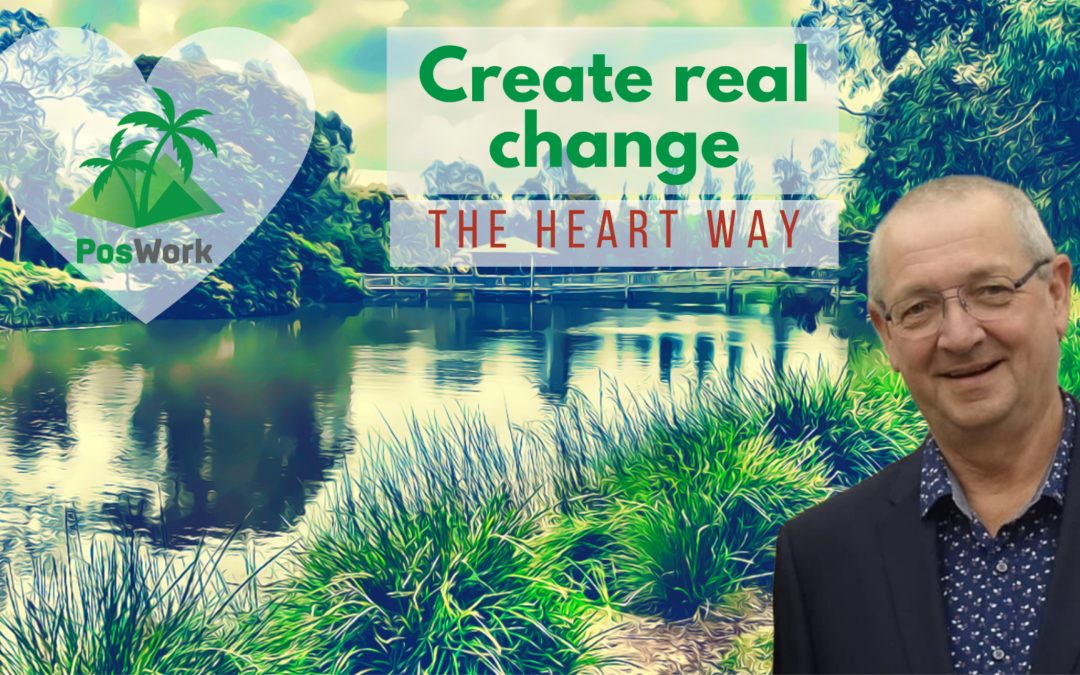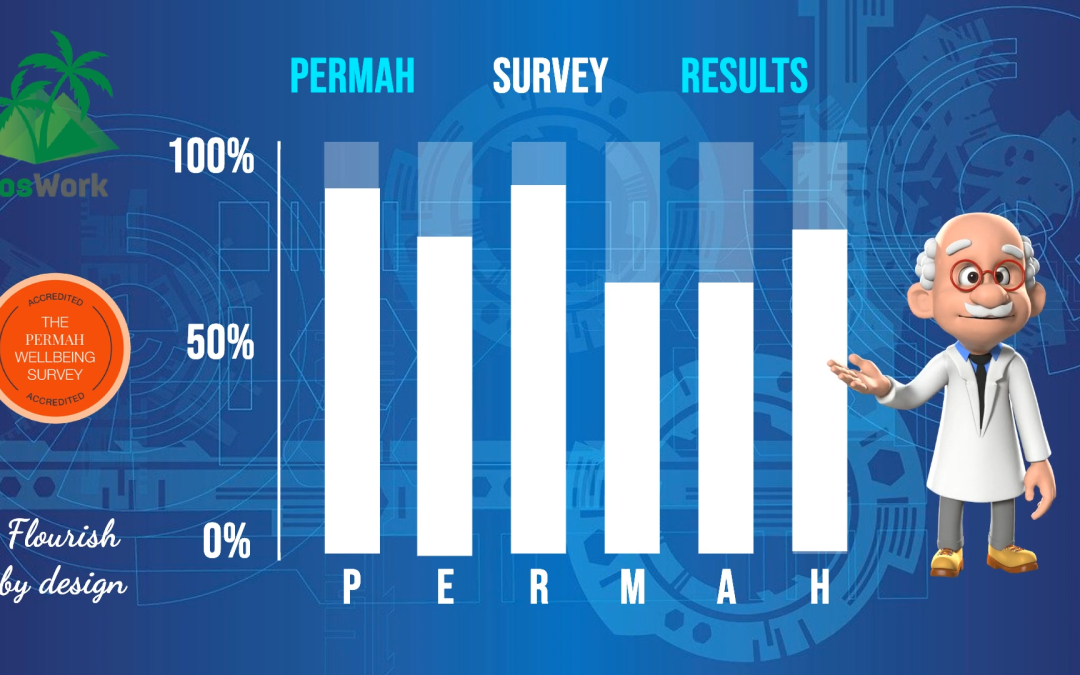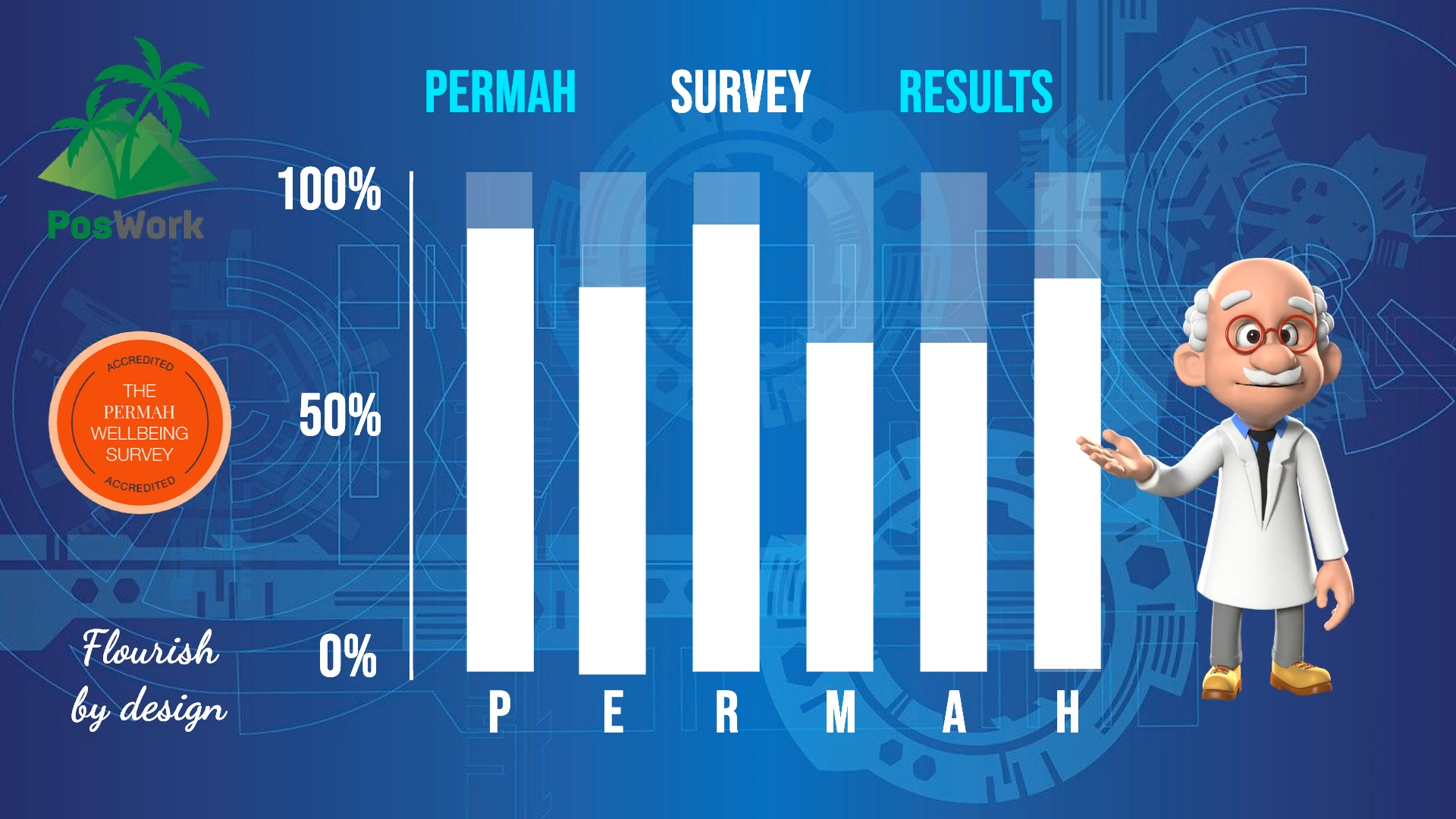
Delivering positive change with HEART
Blogs and Stories

Delivering positive change with HEART
Change management invariably comes up as one of those key areas for improvement in staff surveys, doesn’t it?
And now that “poor change management” is one of the prescribed psychosocial hazards, that further shines a light on it, especially given that studies show it to be one of the more prevalent of those hazards in Australian workplaces.
And now we also have these new positive duties to eliminate or control psychosocial hazards and to prevent sexual harassment and gender-based behaviour.
That means that we should be doing things differently to the way we have before, doesn’t it?
The regulators’ approach
The authorities are regulating these positive duties through the workplace heath and safety lens using the traditional risk management model that has been applied to physical workplace health and safety hazards……..which means that we are not going to be doing things differently at all. We already had those obligations to undertake risk assessments and put in place control measures.
Sure we need to do that but is that all that the positive duty should require? I don’t think so.
Why? Because it won’t work – in fact, the introduction of the positive duty regime is arguably an admission that the standard risk control model hasn’t worked when it comes to psychosocial hazards.
Have a HEART
I came to that conclusion 15 years ago – that traditional compliance processes were not effective in delivering necessary changes in workplace behaviours to provide psychologically safe and gender-inclusive workplaces.
I could see the damage being done to people, trust and engagement as well as productivity through risk driven blame cultures – investigate > find fault > punish. We needed to be more humane in dealing with human challenges.
Additionally, study after study has shown that employee engagement levels of employees have stayed much the same for years – roughly a third engaged, a third not engaged and a third actively disengaged. Clearly, we weren’t making progress there either.
I had also had the good fortune to be exposed to best practices in leadership and culture through my work as an Investors in People assessor.
All of that led me to explore positive psychology and to purpose build a new suite of interventions to help organisations to deal positively with change and the cultural transformations needed to enhance engagement, productivity and wellbeing in our workplaces.
One of those is our HEART change model which was designed with the benefit of over 45 years working in the People and Culture field, 30 years working with hundreds of organisations as a consultant and all of the lessons on change management (good and bad) that I had along the way.
Here is how it works.
H is for HONESTY:
There are 2 components to this. Firstly, accept your obligations as an employer, learn what you need to do and commit to it. Then, take a good hard look at your workplace through our four Ps (your policies, your practices, your processes and your people) to identify both strengths that you can leverage and weaknesses that you need to address.
E is for ENGAGEMENT:
Educate your people and give them a voice. Really engage everyone in the organisation in the conversation through a representative group (we call them “Better Workplace Teams”) which acts as a collaborative management vehicle to manage the change process. Also have the conversations with those people who have been identified as risks and support them in areas that they need to work on and don’t permit exceptions.
A is for ACCOUNTABILITY:
Hold everyone accountable for playing their part in the desired culture ensuring that the principles are applied to all individuals and teams and with no bystanders. Where improvements are needed for anyone, make that a corrective action for them to take on board as part of their performance plan.
R is for REVIEW:
Ensure that there is constant vigilance and that you regularly consult and check in with people to verify what is working well and where there might be opportunities for improvement. Implement a coaching model which includes regular catch ups and discussion of relationships, values and behaviours – how they are going, what is working well and what could be better.
T is for TRUST:
Create an environment that is psychologically safe for people to put their hands up and seek an ear or a hand with any challenges that they are having – with someone else’s behaviour or their own. Ensure that you are responsive and people believe in the integrity of both the process and management.
Conclusion
The bottom line is that we need to change both leadership mindsets and organisational behaviour if we are going to solve the challenges of employee engagement and wellbeing and workplace productivity.
The HEART way is a good place to start.
CONTACT US
PosWork
A Division of Ridgeline Human Resources Pty Ltd
ABN : 24 091 644 094
info@poswork.com.au
0438 533 311
QUICK RESOURCE LINKS









